 The Eyelander game for children with visual field loss is now compatible for use on mobile devices such as phones and tablets!
The Eyelander game for children with visual field loss is now compatible for use on mobile devices such as phones and tablets!
The game is based on visual search training that has been shown to be effective in improving functional visual abilities in adults with homonymous hemianopia. Our recent evaluation trial showed Eyelander delivered similar magnitude of improvement in functional visual abilities in children and young adults as the more boring adult training programmes. You can play the game and sign up for research to give us feedback on the game via the Eyelander website http://www.eyelander.co.uk. It is free to play an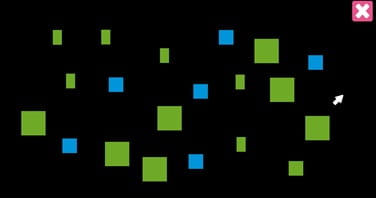 d is designed to be colourful, fun and engaging for children. Players search for shapes on the screen which help their character to escape from a mysterious island.
d is designed to be colourful, fun and engaging for children. Players search for shapes on the screen which help their character to escape from a mysterious island.
We have been taking a step by step approach to making the game more widely available as we build the evidence base for its effectiveness, but we decided now was the time to make it more widely available for tablets and phones. It actually makes the game more fun to play using a touch screen rather than a mouse and cursor so I am really pleased with the results.
The game was developed in collaboration with The WESC Foundation Exeter, the School of Computer Science University of Lincoln and Mutant Labs Ltd Plymouth. See here for previous blog posts on the game development and evaluation: Eyelander game evaluation and Parkinsons and Spatial Memory studies published “EyeLander” game for children with VI now available! “Game-ifying” visual search training for children

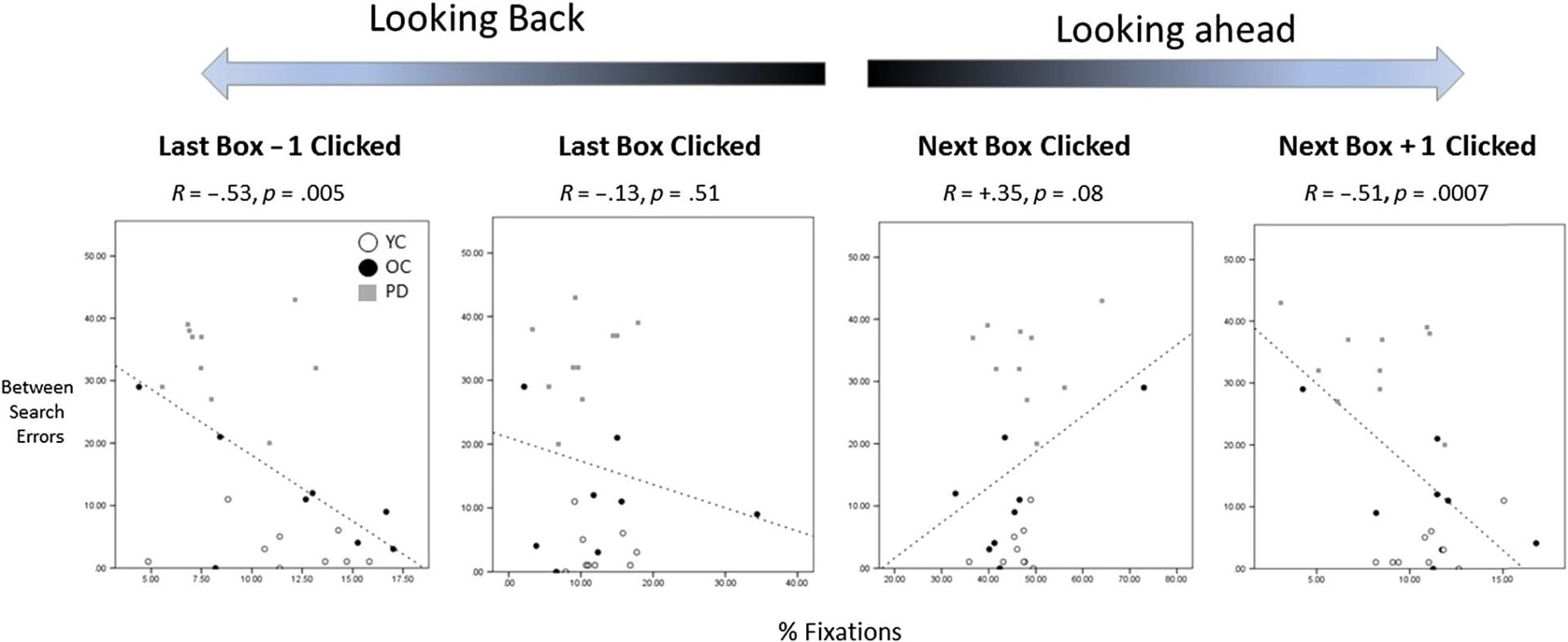
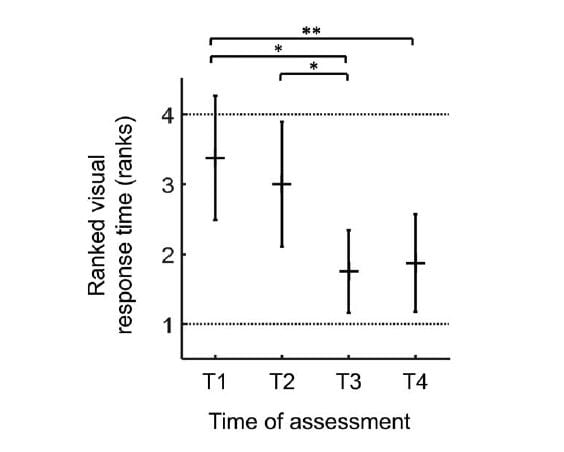
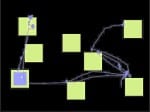

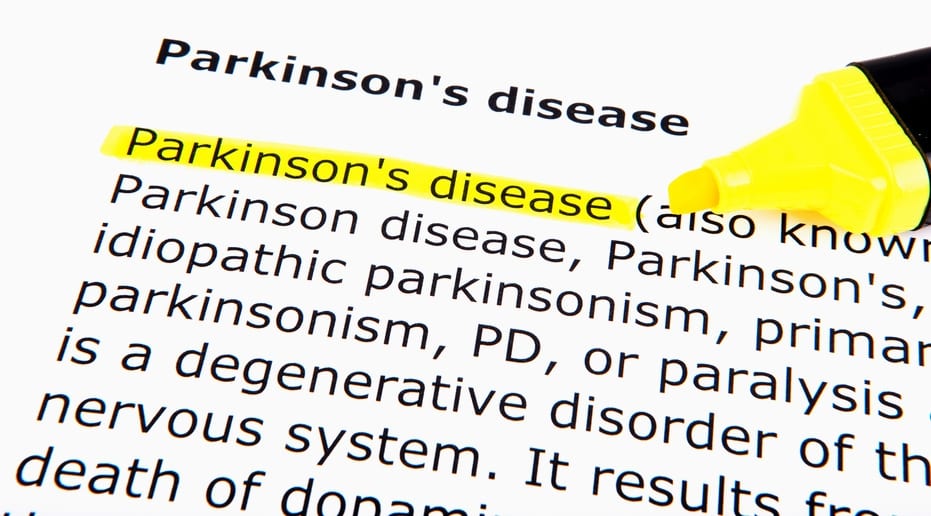
 with Research Catalyst scheme.
with Research Catalyst scheme. 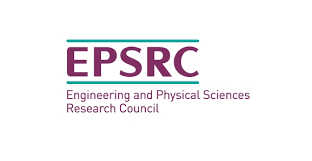 ngages non-academics in its research, but there will also be opportunities to get more hands on with PEARL including funding for public engagement events, a conference and awards so watch this space!
ngages non-academics in its research, but there will also be opportunities to get more hands on with PEARL including funding for public engagement events, a conference and awards so watch this space!